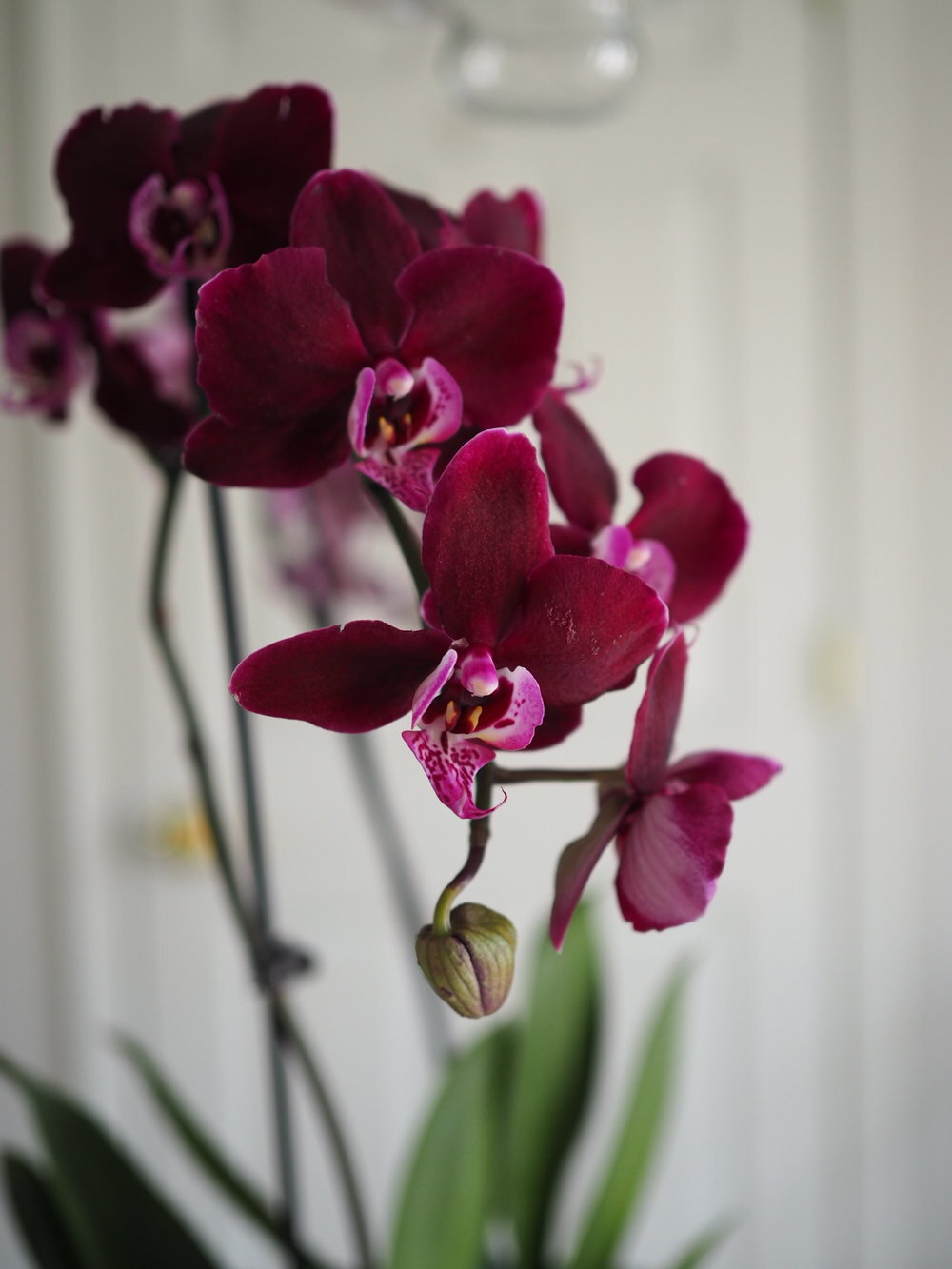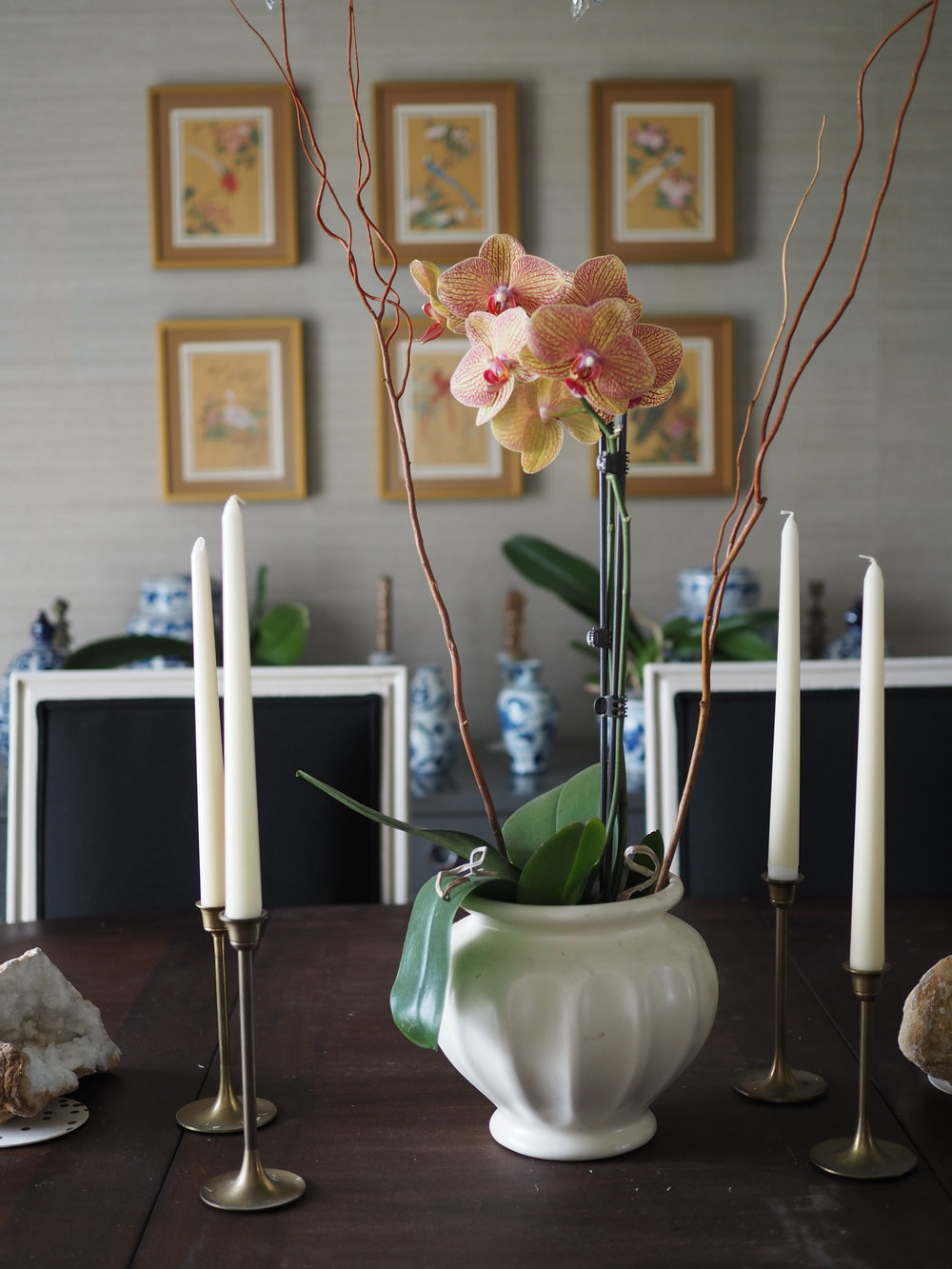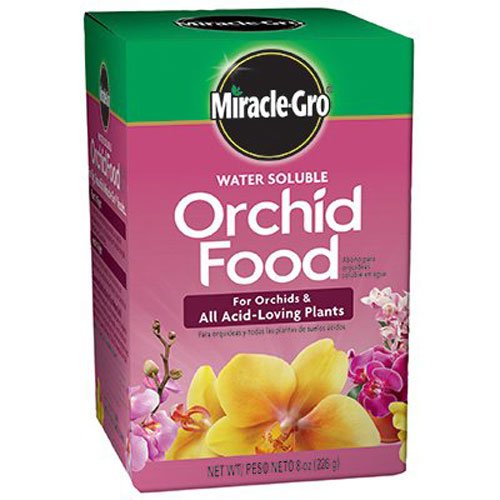
Caring for Orchids
May 27, 2019
Orchids seem to perplex most people. They are gorgeous in home decor and ubiquitous at most supermarkets, making them all the more accessible. Phalaenopsis are the most commonly available orchids because they are the easiest to grow. Yet for many would-be orchid keepers, the blooms don’t seem to last and they are relegated to the category of “fussy” never to be enjoyed again. In fact, orchids are such easy houseplants, and perfectly adapted to the indoor environment for its consistent temperatures and bright, indirect light. While they demand very little of us, it is important to understand what those demands are.
Light
Phalaenopsis orchids have easy light requirements. I have had success in both North- and South-facing rooms in my house which offer bright, indirect light. The key in each scenario is that they do not get burned by the sun in either case. Direct sun exposure in an east- or west-facing window should be avoided.
Watering and Fertilizing
As popular as the some of the marketing for orchid watering is, do not use ice cubes. Keeping your orchid in its container, water your orchid with room-temperature water in the sink allowing for a good soak. Let the orchid stand in the sink to drain so the roots are never in standing water, which is often the cause of early demise. I tend to water about once a week on average; slightly more in the winter and slightly less in more humid times. Err on the side of giving the orchid a little more time before watering if you think it’s not quite ready to water. At an orchid fair I attended, I learned the phrase “water weekly, weakly.” Orchid experts said that it’s a good idea to use the sink method for watering since it allows for complete drainage but to restore the necessary minerals at each or every other watering. Pour a weakly blended solution of fertilizer and let drain before placing the orchid back in its spot.
Temperature and Humidity
If you are comfortable in your home, your orchid is too. Phalaenopsis do not have extreme humidity requirements, though you’d be wise to keep it away from a heat vent in the cooler months and check the moisture of the substrate more frequently. Orchids are happy in the general home temperature range of 60-80°F.
Reblooming
Orchids produce a new flower spike once per year, and the blooms can last for months if well-cared for. In order to get it to rebloom, you need to trick the plant into thinking it’s in its native environment. Cut the spent spike at the base. Move the orchid to an area of your house nightly where temperatures are in the 50-60°F range (10° lower than normal). I move mine to the cool basement to a room with a south-facing window well so I don’t need to carry it around every day. Continue to water as usual and when a new spike is identified, you can stop moving it each night.
Potting
Orchids love the tight, compact spaces of the little growing pot that they arrive in. Unless you’ve kept your orchid for several seasons, you do not need to plant it in a bigger pot. It will let you know it is ready if its roots have grown through the holes of the pot and are being exposed to the air. Because they do not grow in soil, make sure to purchase the proper potting mix which is usually a mixture of tree bark when repotting. In the wild, orchids grow on the surface of trees with their roots attached to bark. While I keep my orchid happy in its little clear, plastic container, I will place it in a larger, decorative vessel and add pretty florist moss to cover the roots and retain a little surface moisture.



This was helpful… Thank you!
Thanks, Diane! Happy orchid-keeping!